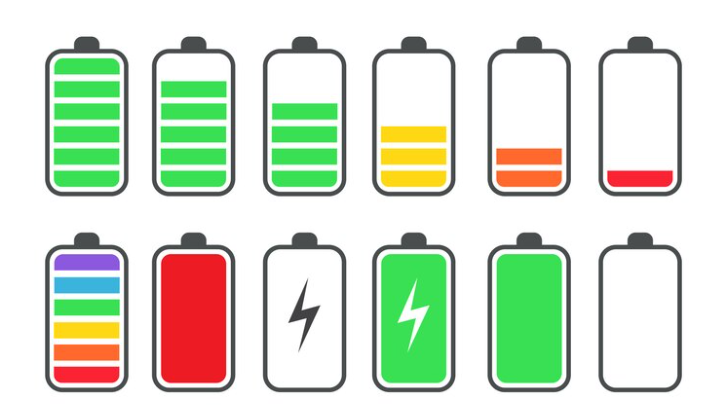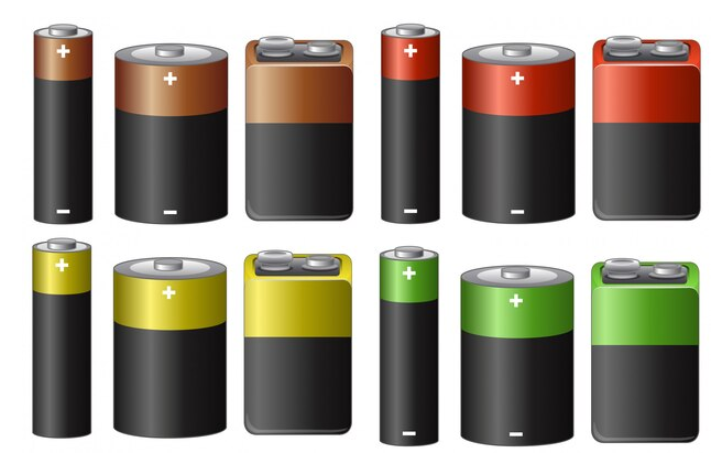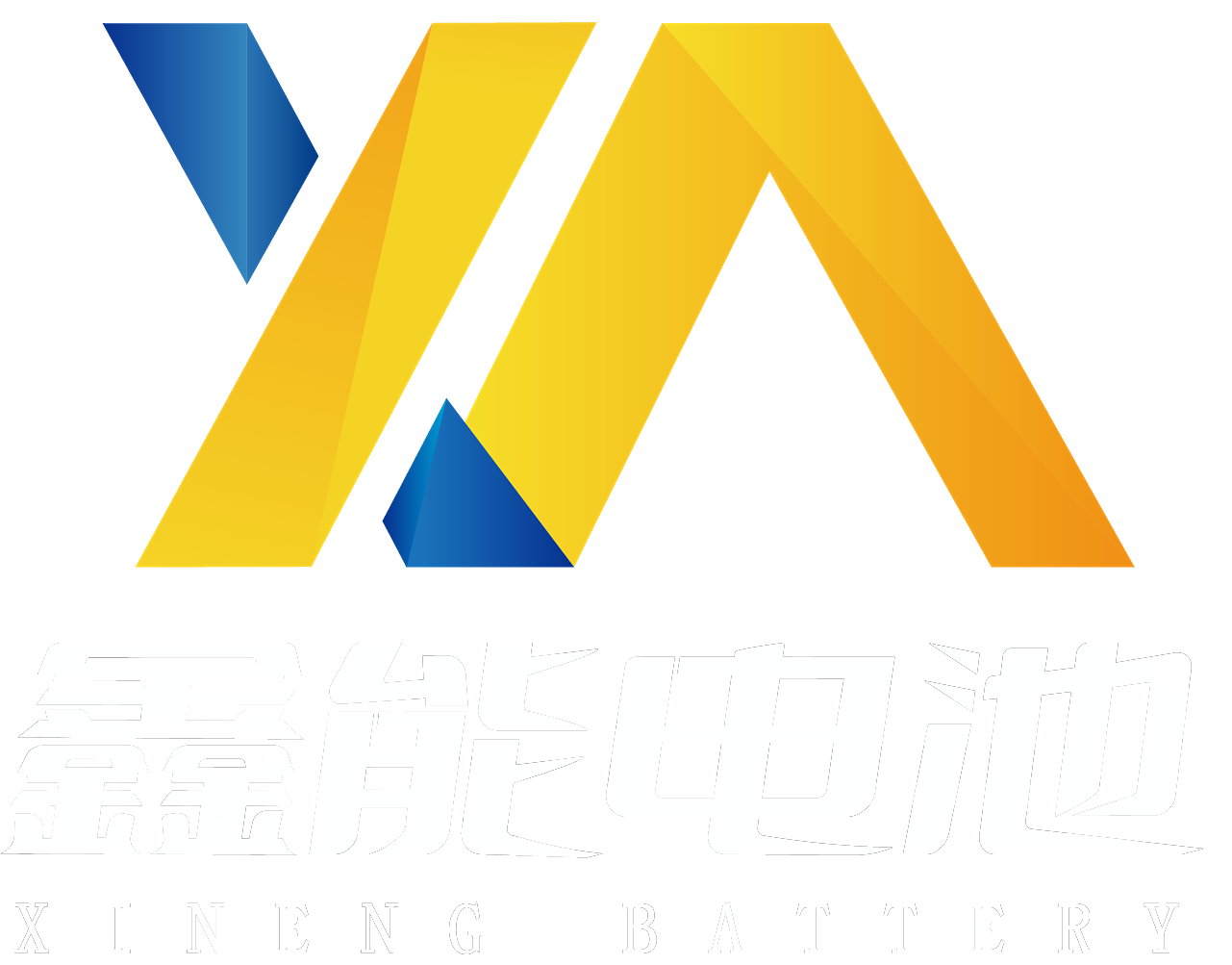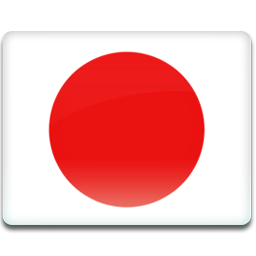Content Overview: According to data, the production of dry batteries in China has increased from 80.316 billion in 2014 to nearly 151 billion in 2022, and the demand has increased from 39.94 billion in 2013 to nearly 1110.8 in 2022. From the perspective of the market average price trend, the technological level of dry battery products has improved their production efficiency. Good product technology updates and upgrades can effectively enhance the production capacity of goods and reduce the production cost of individual goods. The average price of dry battery products in China in 2022 is about 0.58 yuan per unit.


一、 Overview of Dry Batteries
A dry battery is a type of photovoltaic battery that uses a certain absorbent (such as wood chips or gelatin) to make the contents into a paste that will not overflow. Commonly used as a power source for flashlights, radios, etc. After years of development, China's dry battery technology has made breakthroughs in issues such as specific energy, cycle life, and adaptability to high and low temperatures.
The National Bureau of Statistics conducts statistics on enterprises that meet the definition of the dry battery industry according to the Classification and Code of National Economic Industries (GB/T 4754-2011). The classification of the dry battery industry in the national economic industry is "Zinc Manganese Battery Manufacturing" in the "Electrical Machinery and Equipment Manufacturing Industry" of the manufacturing industry, with the code C3844.
Dry batteries can be divided into electrolyte types and sizes. In terms of electrolyte types, five different battery types are listed, including zinc carbon batteries, alkaline batteries, lithium batteries, silver oxide batteries, and mercury batteries. The chemical composition and performance characteristics of each type of battery vary. In terms of size, batteries are divided into five different sizes: AAA (micro), AA (small), C (medium), D (large), and 9V (square). These dimensions represent the physical size and shape of the battery, suitable for different types and sizes of electronic devices.
二、 Industrial chain
Dry battery technology is mature, stable in performance, safe and reliable, easy to use, and has a wide range of applications. In daily life, common types of zinc manganese batteries include No. 7 battery (AAA type battery), No. 5 battery (AA type battery), etc. According to the data, zinc manganese batteries have the best cost-effectiveness. Due to its mature manufacturing process, low price, safety and reliability, convenient use, long discharge and storage time, and green environmental protection, zinc manganese batteries have become an indispensable electronic consumable in consumers' daily lives. They are difficult to be replaced by other battery products in the short term, and their main application scenarios include electric toys, household appliances, household medical equipment, and outdoor electronic devices.
Related report: The released "Panoramic Evaluation and Development Trends Research Report on the Market of China's Dry Battery Industry"


三、 Analysis of the Development Status of China's Dry Battery Industry
Since the 1990s, the global manufacturing industry has shifted to developing countries represented by China, with China becoming a global manufacturing base due to its stable economic environment, complete industrial chain, and labor cost advantages. With the continuous breakthroughs of domestic enterprises in fully automatic battery production technology, the production capacity of zinc manganese batteries in China has greatly improved. At the same time, developed countries and regions such as Europe, the United States, and Japan have basically stopped large-scale production of zinc manganese batteries in their own countries due to industrial restructuring and increasing labor costs, providing favorable opportunities for China's development in the zinc manganese battery manufacturing industry. According to data, the market size of China's dry battery industry has been increasing year by year. In 2022, the market size of China's dry battery industry is about 60.01 billion yuan, mainly concentrated in Zhejiang region, accounting for 29%.
Driven by the continuous increase in alkaline battery production, the production of dry batteries is gradually increasing. In the first half of 2020, affected by the COVID-19, the suspension of some dry battery enterprises had a certain negative impact on China's dry battery manufacturing industry. According to data, China's dry battery production increased from 80.316 billion in 2014 to nearly 151 billion in 2022, and the demand increased from 39.94 billion in 2013 to nearly 1110.8 in 2022. From the perspective of the market average price trend, the technological level of dry battery products has improved their production efficiency. Good product technology updates and upgrades can effectively enhance the production capacity of goods and reduce the production cost of individual goods. The average price of dry battery products in China in 2022 is about 0.58 yuan per unit.
四、 The market competition pattern of China's dry battery industry
After years of development, China's dry battery technology has made breakthroughs in issues such as specific energy, cycle life, and adaptability to high and low temperatures. At present, China is gradually narrowing the gap with internationally leading technologies, and has reached international standards in some core technologies, and is increasingly entering the international market. At present, a large number of dry battery enterprises in China have varying scales and technological levels. Most domestic manufacturers are still in a state of small scale, low technological level, and scattered industrial layout, mainly focusing on competition in the low-end product field. Overall, the market concentration of China's dry battery industry is relatively low. At present, the main entities in the industry are Linyi Huatai Battery Co., Ltd. and Jiangsu Shuyang Xinneng Battery Co., Ltd.
五、 Development Trends of China's Dry Battery Industry
- 1、Technological innovation and efficient energy
With the advancement of technology, dry batteries may become more efficient and environmentally friendly. For example, using materials with higher capacity, improving battery design to increase energy density, etc.
- 2、Environmental Protection and Sustainability
With the increasing awareness of environmental protection, the dry battery industry may pay more attention to recyclable materials and reduce environmental pollution. The development of new environmentally friendly batteries, such as water-based or organic batteries, may accelerate.
- 3、The application of intelligence and the Internet of Things
With the development of intelligent technology, dry batteries may be combined with IoT technology to provide power for more smart devices, such as smart homes and wearable devices.
- 4、Market diversification
With the changing demands of consumers, the application of dry batteries may become more diverse, meeting the specific needs of different industries and consumers.
The released "Market Panoramic Assessment and Development Trends Research Report on China's Dry Battery Industry" is based on authoritative data released by the National Bureau of Statistics, government agencies, and industry associations, combined with the collection and analysis of comprehensive data such as in-depth research data, expert feedback data, and internal operation data, to improve the efficiency of customer business decision-making. This report conducts in-depth research on the current situation and market of China's dry battery industry, and makes cautious judgments on the future development prospects and trends based on the industry's development trajectory. It provides important decision-making reference for investors to seek new market investment opportunities and enter the dry battery industry investment layout.
Post time: 2023-12-28 17:22:28










